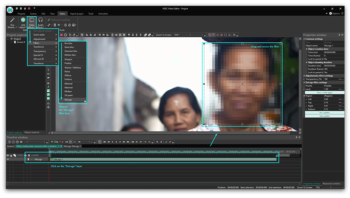
The size of the stone is important in predicting the possibility of spontaneous passage. The information obtained from NCCT to determine treatment modality includes stone size, multiplicity, location, anatomic anomaly, skin-to-stone distance, stone density (Hounsfield unit ), and fragility (stone heterogeneity index and variation coefficient ) 2, 3, 4, 5. It has higher sensitivity (> 94%) and specificity (> 95%) than plain radiography ultrasonography and intravenous pyelography 1.

Noncontrast computed tomography (NCCT) is widely accepted for diagnosing urolithiasis. We believe that HU/CSA could be used for determining stone treatment plans and predicting outcomes. Multivariate logistic regression analysis revealed that pelvis, ureteropelvic junction stones, and HU/CSA were independent predictors of SFR. There were no significant differences in age, sex, BMI, ASA class, laterality, pre-op shockwave lithotripsy, stone size, stone burden, skin-to-stone distance, and HU between the stone-free and remnant groups. Altogether, 188 out of 683 patients met the inclusion criteria. We analyzed HU-related variables using logistic regression model for outcomes.

HU and cross-sectional area (CSA) were measured using the free-draw technique. Stone-free status was defined as residual stone measuring ≤ 2 mm within 3 months postoperatively. Preoperative computerized tomography (CT) and follow-up CT within at least 3 months after PCNL were included in this analysis. Demographics and stone characteristics were retrospectively reviewed. We enrolled patients with single renal stones (1–3 cm) who underwent single-tract PCNL between January 2014 and October 2019.

We aimed to identify the association between Hounsfield Unit(HU)-related variables and percutaneous nephrolithotomy (PCNL) outcomes.


 0 kommentar(er)
0 kommentar(er)
